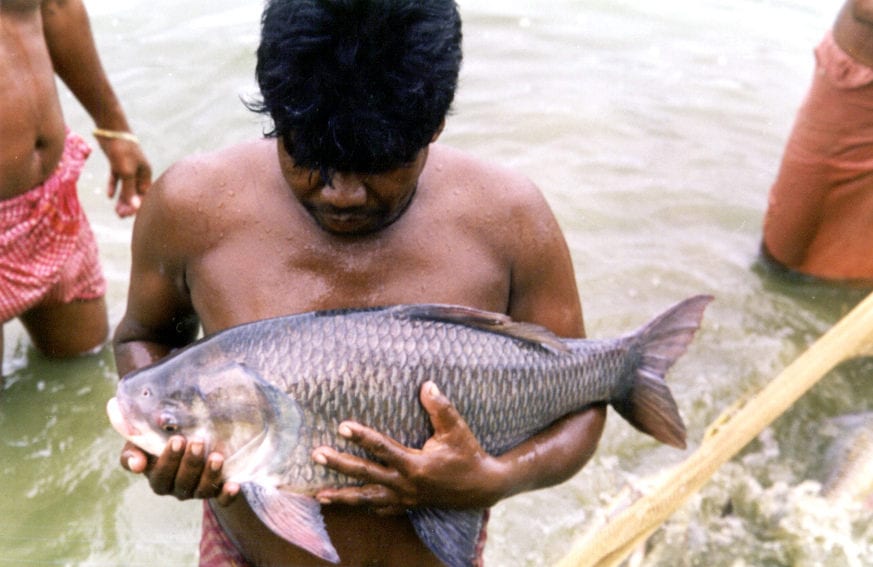By: Naimul Haq
Send to a friend
The details you provide on this page will not be used to send unsolicited email, and will not be sold to a 3rd party. See privacy policy.
[DHAKA] Commercial aquaculture helps poverty reduction as it pushes down the price of fish, a valuable source of nutrition, a new study says.
Carried out by the Bangladesh Institute of Development Studies (BIDS) and WorldFish, an international not-for-profit organisation, the study is due to be published in the December issue of World Development. Researchers analysed fish consumption from 2000—2010, using nationally representative data, which showed that rates of fish consumption in general and farmed fish in particular grew at the quickest rates among the poorest groups of consumers.
The study was confined to fish originating primarily from aquaculture, inland capture fisheries, or marine/estuarine capture fisheries.
“Aquaculture has the potential to contribute to poverty reduction and food security through a number of pathways, including employment, incomes and fish consumption,” Ben Belton lead author of the study and researcher at WorldFish, tells SciDev.Net.
Belton says the research focused on “the question of whether aquaculture has had pro-poor effects in terms of its impacts on fish consumption in Bangladesh.”
The study shows that poor people in Bangladesh have been eating progressively bigger quantities of farmed fish over the 2000—2010 period, and that the rate at which their consumption of farmed fish increased was faster than the rate of increase in consumption among non-poor consumers.
The study argues that aquaculture’s contribution to fish consumption was pro-poor because it more than exceeded lost inland capture fisheries production. If aquaculture’s contribution to per capita fish supply had remained constant at 2000 levels, average fish consumption per capita would have fallen by 4.7 kilograms, or 26 per cent in 2010.
Mohammad Khalilur Rahman, principal scientific officer at the Bangladesh Fisheries Research Institute (BFRI) agrees that an increase in farmed fish production has a direct link to poverty reduction. “Increased output in fish resources definitely acts as an economic benefit to the poor."
Bangladesh’s fisheries sector contributed 4.4 per cent of national gross domestic product (GDP) and 25 per cent of agricultural GDP in 2012 with a total output of 3.26 million tonnes.
The country saw a dramatic reduction in the proportion of the population below the upper poverty line from 48.9 per cent in 2000 to 31.5 per cent in 2010 with the number of poor people falling from 63 million to 47 million during this period.
> Link to article in World Development
This article has been produced by SciDev.Net's South Asia desk














